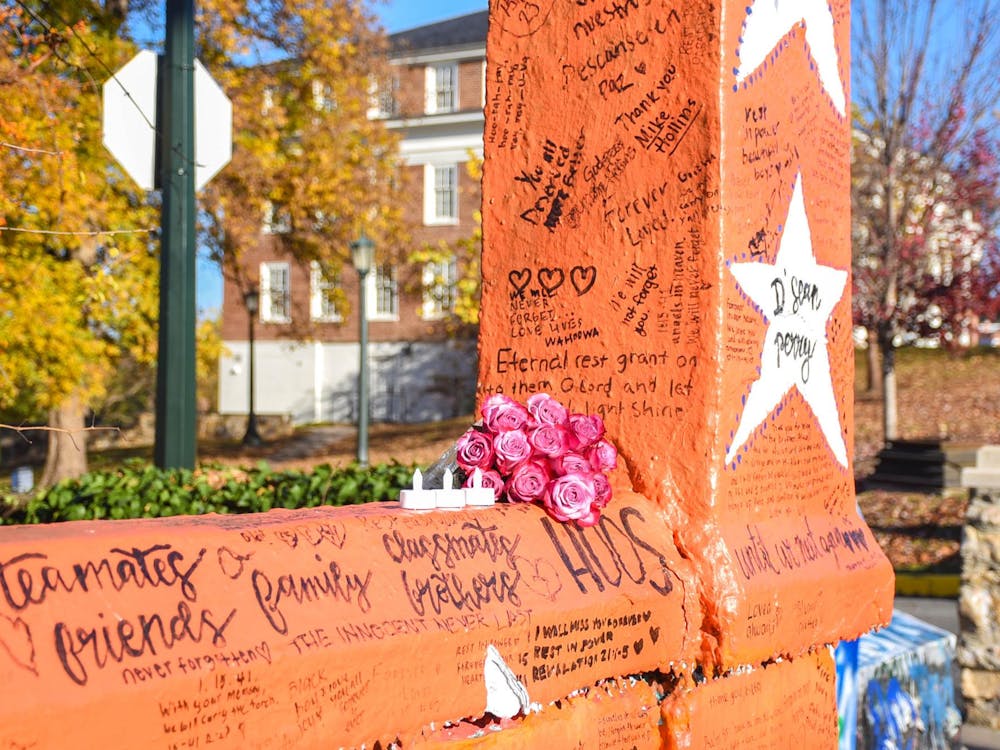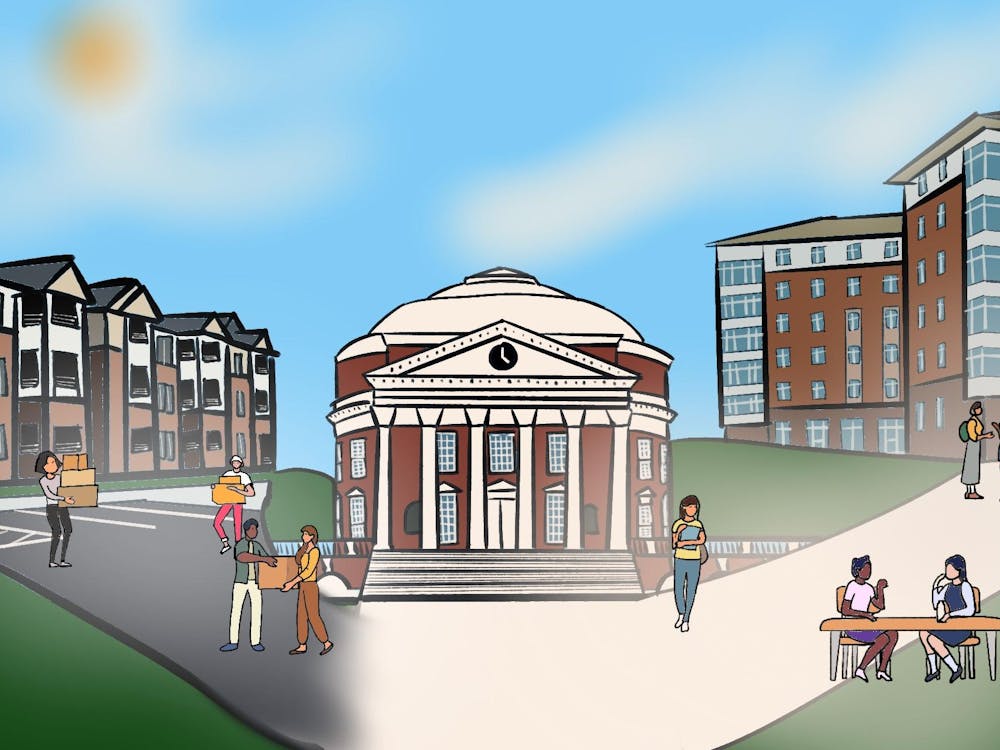When people discuss discrimination or segregation, they often focus on racial discrimination. Yet, other forms of discrimination are equally prevalent including those against individuals with mental disabilities. I recently read a New York Times article on the issue titled, “After decades in institutions, a bumpy journey to a new life.” The article discusses the recent pressure applied by the Justice Department urging the state of Georgia to stop unnecessarily separating the mentally disabled community from larger society.
In Georgia, select mentally disabled patients have been slowly moved from hospitals and institutions to homes housing approximately four people each. Similar transitions have occurred in Mississippi and Virginia. In Virginia, specifically, the goal has been to ensure that 400 mentally disabled people in the commonwealth are slowly immersed into society by 2016. This shift to re-integrate the mentally disabled community has raised some valid concerns, though I think that overall, this shift does present many positive effects both for individuals with disabilities themselves and the overall larger society. However, before proceeding further, I do concede that in extreme cases where the individual requires constant medical attention, re-integration may not be the best option.
Many have been concerned with the fact that some of those with mental disabilities do not want to go back into society, or are having a hard time adjusting. Many of these individuals have spent a majority of their lives in the hospital or other institutions, and therefore fear being exposed to the real world because they do not know or remember what that world is like anymore. In fact, it took one of the patients at Georgia hospital three months to readjust to his new location.
Other concerns have been voiced by the parents of these individuals. Many of the parents are in their 70s and have their own health problems, making it nearly impossible for them to care for their children with mental disabilities. In such circumstances, those parents have to ensure they can find a safe place for their children; unfortunately many of the locations suggested for people with mental disabilities are located in unsafe neighborhoods.
But immersion into the society presents the opportunity to lead a relatively normal life by participating in day-to-day activities and interacting with other people. Isolation in hospitals and institutions, denies them the opportunity to experience what the world has to offer and the opportunity to live their lives fully, despite the limitations imposed as a result of their disability. Just as any other individuals, people with mental disabilities deserve the right to experience life with equal opportunities. But if the individuals are not able to adjust, or if this transition poses a danger to their health, then it would be appropriate to allow them to live in a more isolated environment. Nonetheless, the point is that at the very least, they should be exposed enough to the world to determine if they want to participate and interact more with society or remain in isolation. They have the right to make that choice.
Individuals with mental disabilitieas who are provided the opportunity to lead a normal life by working, for example, has shown to have positive effects. Samuel R. Bagenstos of the U.S. Department of Justice states, “Work commands respect, and it represents agency, responsibility, and independence. Work is the place where people with and without disabilities can come together, share common projects, and break down barriers of stereotype and prejudice.”
Increasing the interaction between individuals with mental disabilities and the overall population is an opportunity to break down misconceptions and stereotypes. Despite the fact that the Americans with the Disabilities Act forbids discrimination against disabled individuals, misconceptions still are prevalent. One of most common misconceptions is that individuals with mental disabilities may be violent, despite psychologists attesting that such behavior is rare. And their isolation may only exacerbate the conclusion that these people are dangerous or violent. We often fear what we do not understand or are unfamiliar with. But, if people with mental disabilities were not sequestered from the larger community, people would be better able to recognize their own misconceptions on this topic, and eventually, reform those preconceived notions..
We as a society have made phenomenal strides in reducing discrimination against minorities, especially in the past 50 years. However, people with mental disabilities are one minority group that still remains isolated. This effort made by Justice Department to stop isolating the disabled community is the necessary first step in fighting discrimination.
Fariha Kabir’s column appears Thursdays in The Cavalier Daily. She can be reached at f.kabir@cavalierdaily.com






